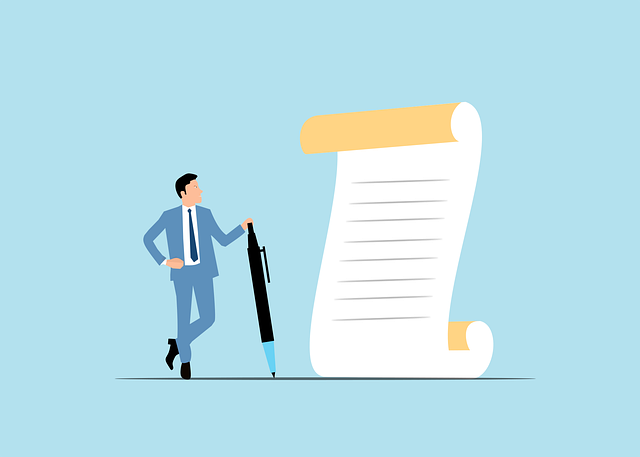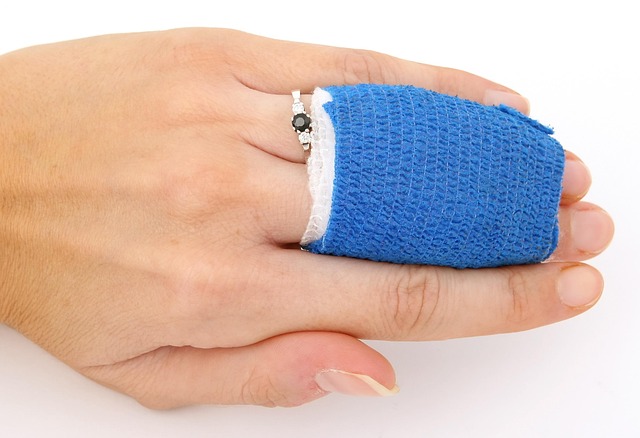Personal injury cases in construction settings require understanding rights and obligations. Workers injured on the job can claim compensation for medical bills, lost wages, and pain, with employers generally responsible for a safe workplace. Immediate reporting, documentation (police reports, medical records, witness statements), and consulting a specialized attorney are crucial steps. Compensation may include medical expenses, lost wages, pain and suffering, permanent disability or disfigurement, and punitive damages for gross negligence.
In construction sites, accidents can lead to severe injuries, raising the importance of understanding personal injury cases. This article delves into your rights and responsibilities if you’ve been injured on a construction site. We’ll guide you through the process of filing a claim, from gathering evidence to the steps involved. Additionally, we explore common types of compensation available for victims, ensuring you’re aware of the legal options in such scenarios. Learn how to navigate a personal injury case effectively and secure justice.
- Understanding Personal Injury Cases: Rights and Responsibilities of Workers and Employers
- The Process of Filing a Construction Site Accident Claim: Steps and Evidence Required
- Common Types of Compensation and Damages in Construction Site Personal Injury Cases
Understanding Personal Injury Cases: Rights and Responsibilities of Workers and Employers

Personal injury cases, especially those involving construction sites, are complex legal matters that demand a thorough understanding of rights and responsibilities. When a worker sustains injuries on the job, they have the right to seek compensation for their medical expenses, lost wages, and pain and suffering. This process involves navigating a series of legal procedures and can be daunting for those unfamiliar with the system.
In construction sites, accidents often stem from various causes like unsafe working conditions, equipment malfunctions, or third-party negligence. Employers are generally held responsible for ensuring a safe workplace environment, providing adequate training, and adhering to industry standards. This includes implementing safety protocols, maintaining equipment, and promptly addressing potential hazards. Conversely, workers also have a responsibility to follow safety guidelines, report hazardous situations, and use provided safety gear. Understanding these dynamics is crucial in the event of an accident, as it can impact the outcome of a personal injury case, whether it’s a slip and fall or more severe incidents like caregiver abuse on construction sites.
The Process of Filing a Construction Site Accident Claim: Steps and Evidence Required

When dealing with a personal injury case stemming from a construction site accident, understanding the process is key. The first step involves promptly reporting the incident to the proper authorities and obtaining relevant documentation, including police reports, medical records, and witness statements. This foundational evidence is crucial for any subsequent claim.
Next, consult an experienced auto accident attorney or accident lawyer who specializes in construction site accidents. They will guide you through the process, which includes filing a formal claim with the relevant insurance company. The attorney will help gather additional evidence like photos of the scene and safety records to strengthen your case. In the event of severe injuries caused by slip and fall injuries or other mishaps, their expertise can ensure you receive fair compensation for medical bills, lost wages, and pain and suffering.
Common Types of Compensation and Damages in Construction Site Personal Injury Cases

In construction site personal injury cases, individuals who sustain harm due to negligence or unsafe conditions can seek various forms of compensation and damages. The most common types include medical expenses, both current and projected for future treatment; lost wages or earning capacity due to an inability to work; pain and suffering, which accounts for the physical and emotional distress experienced by the victim; and compensation for permanent disability or disfigurement. These damages are crucial in ensuring that victims can access the resources necessary for their recovery and rehabilitation.
Additionally, when a personal injury claim involves gross negligence or intentional acts, punitive damages may be awarded. This is especially relevant in cases where fiduciary duty breaches have occurred, such as those involving contractors or property owners who neglect safety protocols. A skilled truck accident lawyer, for instance, could argue for punitive damages to deter similar reckless behavior in the future. The goal of these compensations is not only to financially support victims but also to hold accountable the parties responsible for their injuries.
In navigating a personal injury case for construction site accidents, understanding your rights and responsibilities is paramount. By familiarizing yourself with the process of filing a claim and the potential compensation available, you can ensure a robust representation and pursue the justice and damages you deserve. Remember, quick action is crucial; document evidence, consult legal experts, and assert your rights to secure a favorable outcome in your personal injury case.






